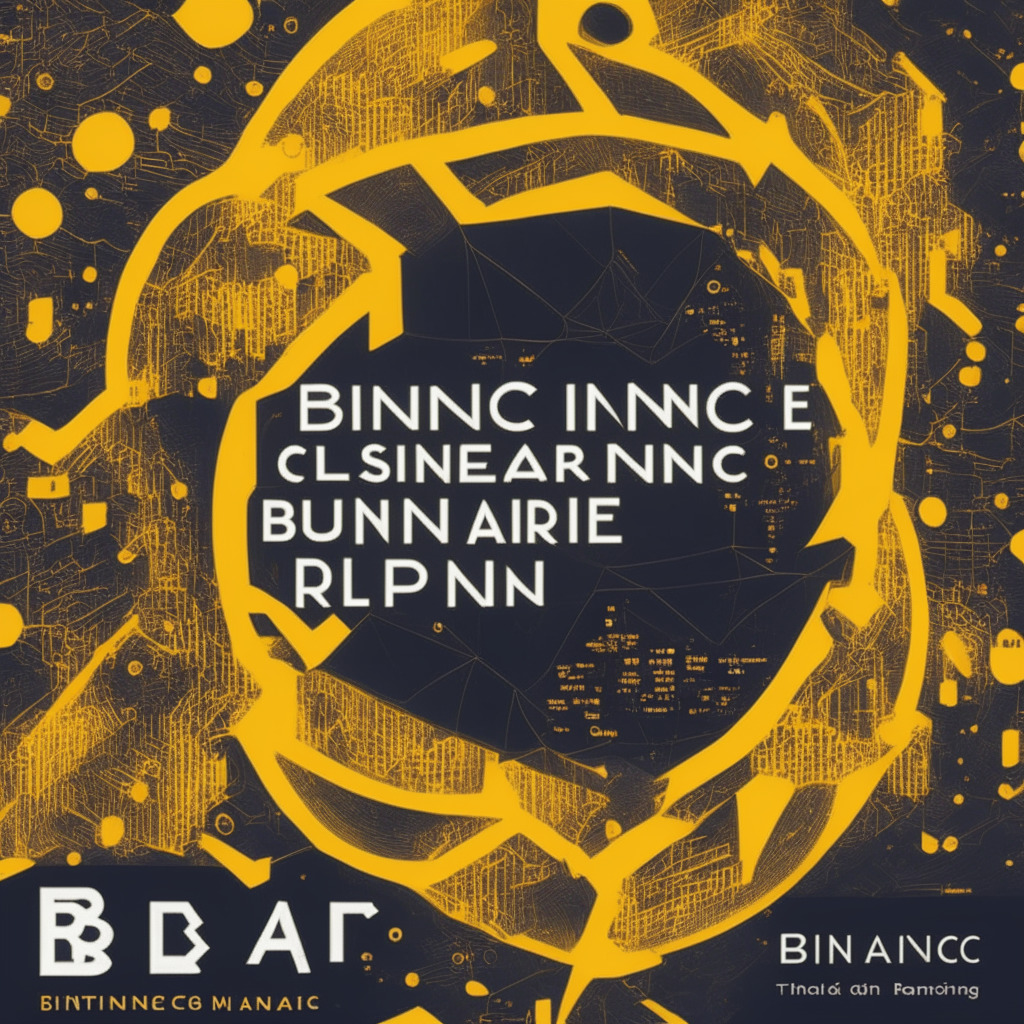The European Union is gearing up to implement the most significant crypto-specific regulation worldwide, known as Markets in Crypto Assets (MiCA). The regulation, expected to become law in July 2023, will affect various actors in the crypto space and aims to bring the bloc up to date with new technologies.
According to the regulation, MiCA applies to anyone “engaged in the issuance, offer to the public, and admission to trading of crypto-assets in the Union.” This broadly covers crypto-assets defined as “a digital representation of a value or a right which may be transferred and stored electronically, using Distributed Ledger Technology or similar technology.” There are three categories of crypto-assets: Electronic Money Tokens (EMTs), Asset-Referenced Tokens (ARTs), and a third type encompassing all other types of crypto assets with limited exceptions.
MiCA, however, does not apply to non-fungible tokens (NFTs), which are defined as assets with value “attributable to each crypto asset’s unique characteristics and the utility it gives to the token holder.” There is room for regulators to monitor large collections of NFTs, potentially leading to more scrutiny on widespread collections such as Bored Apes and CryptoPunks.
The regulation encompasses over 500 pages and introduces a range of new standards and rules. Among these are stricter rules on stablecoins, increased disclosure obligations for crypto businesses, and the implementation of anti-money laundering (AML) and data security procedures. Crypto-Asset Service Providers (CASPs), which include exchanges, trading platforms, and other service providers, must adhere to stringent requirements to protect consumer funds and become liable for any loss of investors’ assets. They are also required to secure a license from a regulator in their country, which will grant them access to offer their services across the entire European Union.
Under MiCA, issuers of any type of crypto asset must produce a “white paper” before offering the asset to the public. This document must cover various pieces of information, including issuer details, project overviews, and any adverse environmental impacts. Notably, Asset-Referenced Token issuers must have their white papers approved before publishing to meet the authorization requirements.
For stablecoins, the regulation requires investors to have the ability to redeem their EMTs and ARTs at any time. This necessitates issuers to maintain matching reserves that insulate the funds. ART issuers must have a registered office in the EU, and there will be restrictions on using non-European currencies in these tokens to preserve member countries’ monetary sovereignty.
Although MiCA cannot guarantee the prevention of future industry crises, regulators hope it will curb the excesses of the crypto “wild west.” As such, the implementation of MiCA presents a
Source: Decrypt




